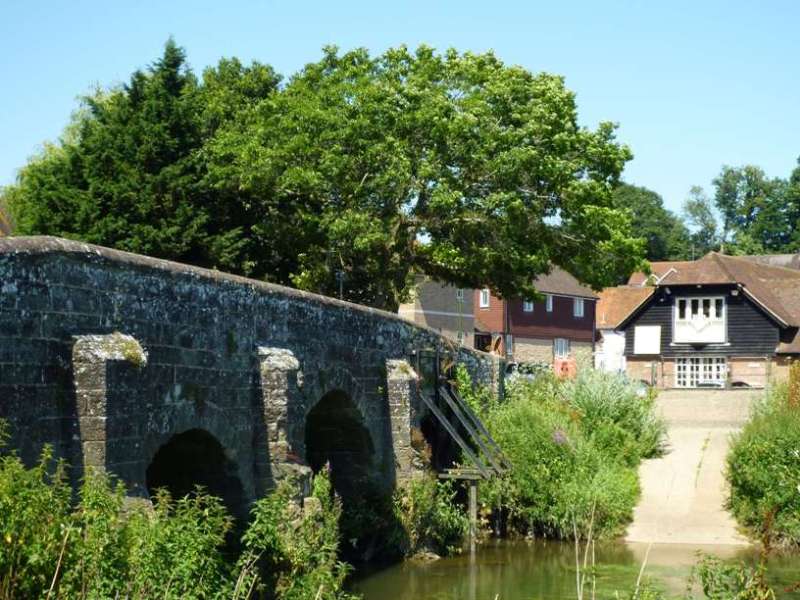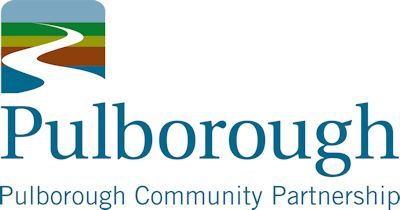About Pulborough
Pulborough is a large village sitting in the geographic heart of rural West Sussex and about the centre of the northern boundary of the South Downs National Park. There is a population of about 5,000 people living in some 2,600 dwellings.
Click here to see Streetmap of Pulborough (opens in new page)
The A29 and A283 roads cross in Pulborough and there is railway station on the Arun Valley line giving direct trains to London and the South coast. There are two main bus routes serving the village, the Compass 100 between Horsham and Burgess Hill and the Stagecoach 1 between Midhurst and Worthing.
The River Arun, which flows along parts of the western and southern edges of the parish and eventually to Littlehampton, is tidal to Pallingham, about a mile north of Stopham bridge. High tide at Swan Bridge, Pulborough is about four hours after Littlehampton.

